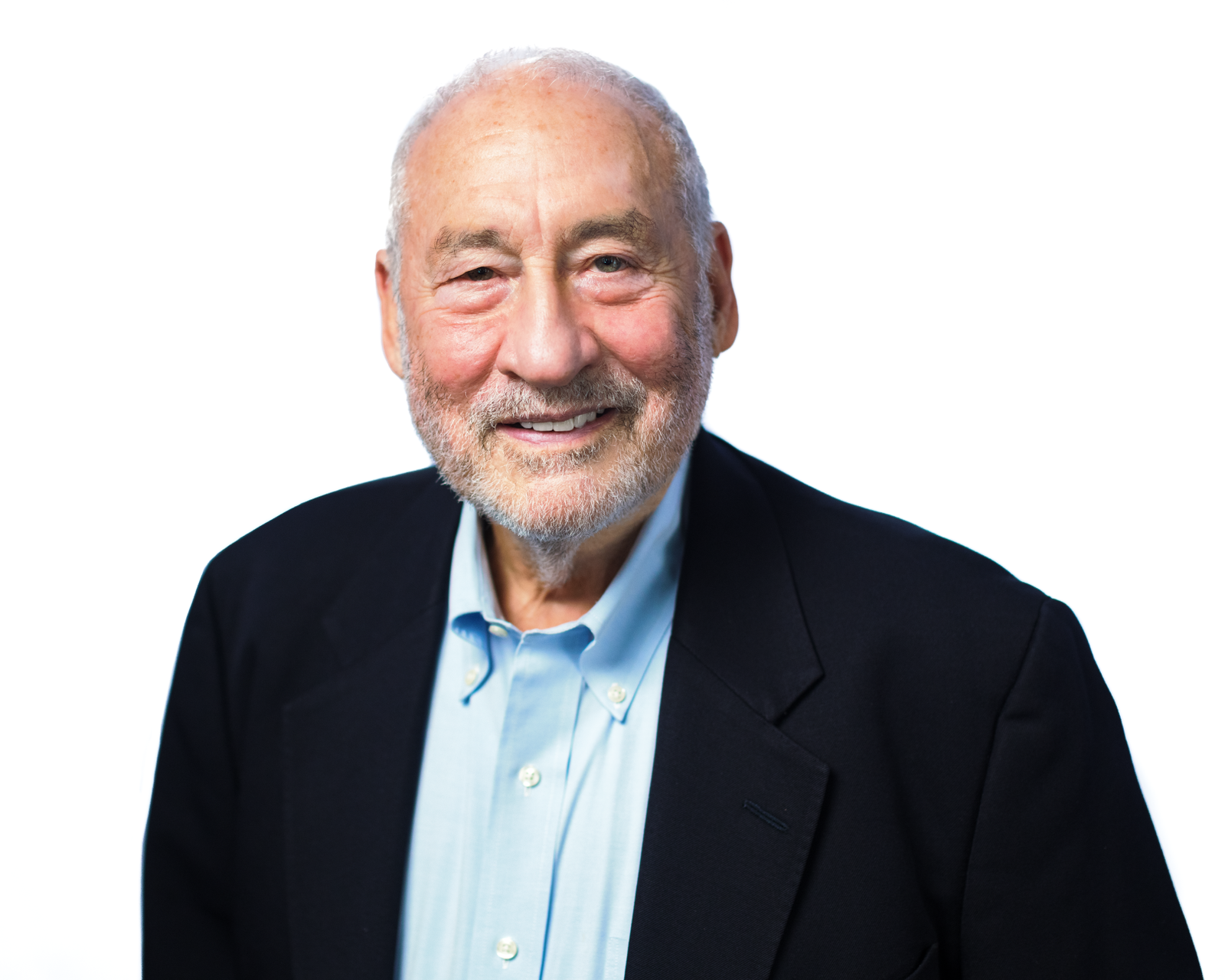This allows for an analysis based on the so-called “true” world distribution concept, i.e., taking into consideration both between-country and within-country inequalities, and thus, measuring the inequality between persons across the whole world. The results show that the global distribution has clearly twin peaks: one concentrating around China, India and Africa; and another, around the OECD. Over the 29 year period, 1970-1999, while acute absolute poverty declined from 1.4 bln. to 1.2 bln., global income inequality increased from 0.822 to 0.907 as measured by the Theil index, and from 0.668 to 0.683 as measured by the Gini. Moreover, under a broader definition of poverty, the poor count increased from 2.0 bln. to 2.5 bln. While the inequality grew during 1970-90 as measured by both Gini and Theil indexes, in the 90s its development become more complex, which is reflected in rising Theil and simultaneously declining Gini. This provides evidence for the now widely accepted belief that growth, per se, is not the panacea for poverty reduction. The quality and type of growth matters.

Remarks by Martín Guzmán at 12th Edition of the Paris Forum: Key findings and conclusions of the Jubilee Report
Dear members of the Paris Club Secretariat, Thank you for the invitation to present some of the key findings and conclusions of the Jubilee Report, commissioned by Pope Francis and prepared by a Commission of
 Michael Ward
Michael Ward Joseph Stiglitz
Joseph Stiglitz